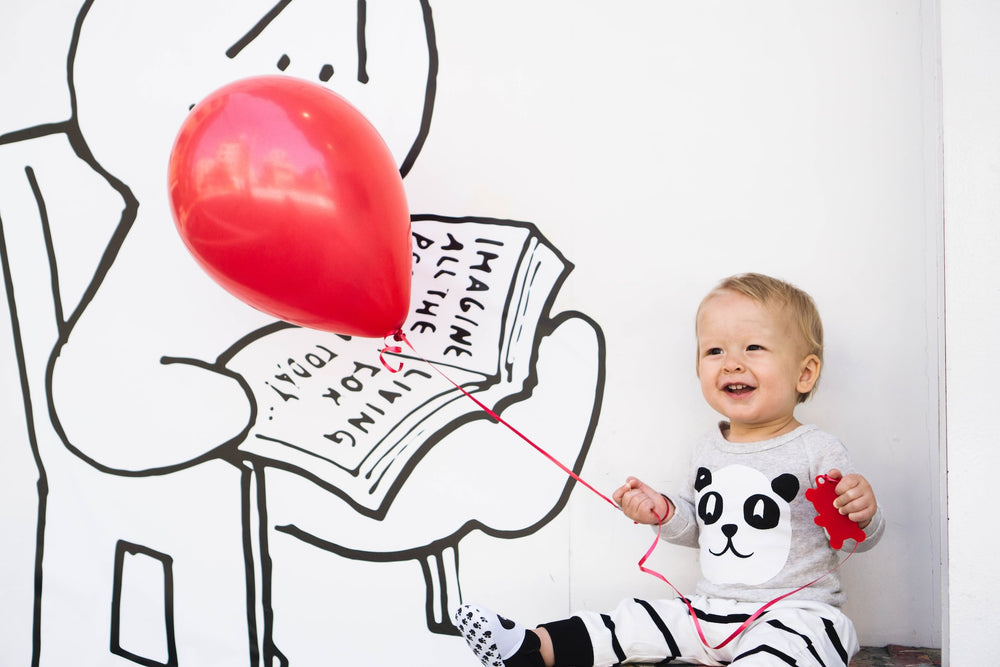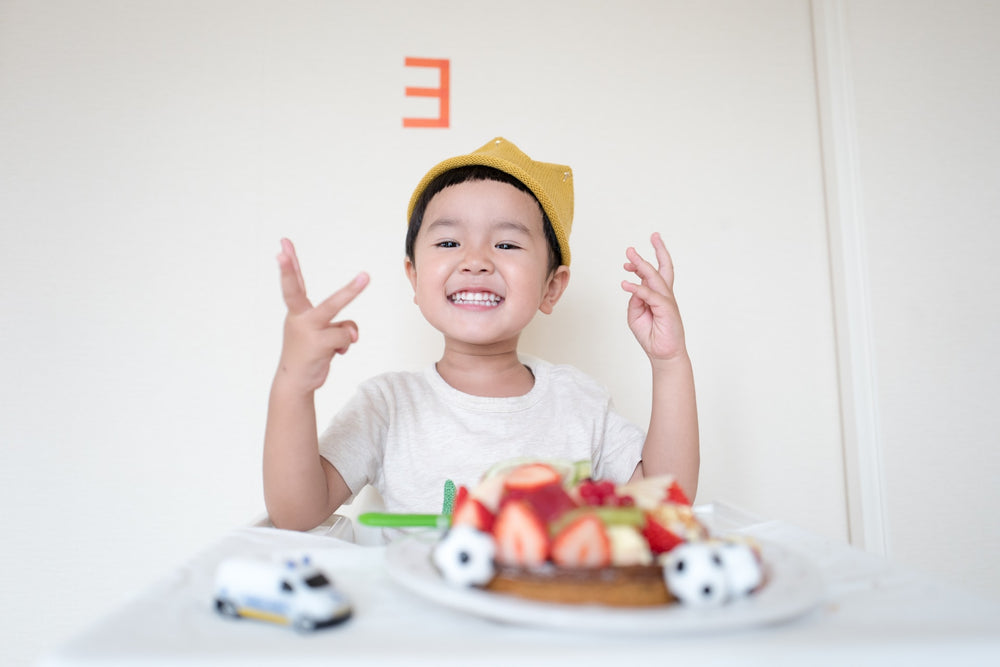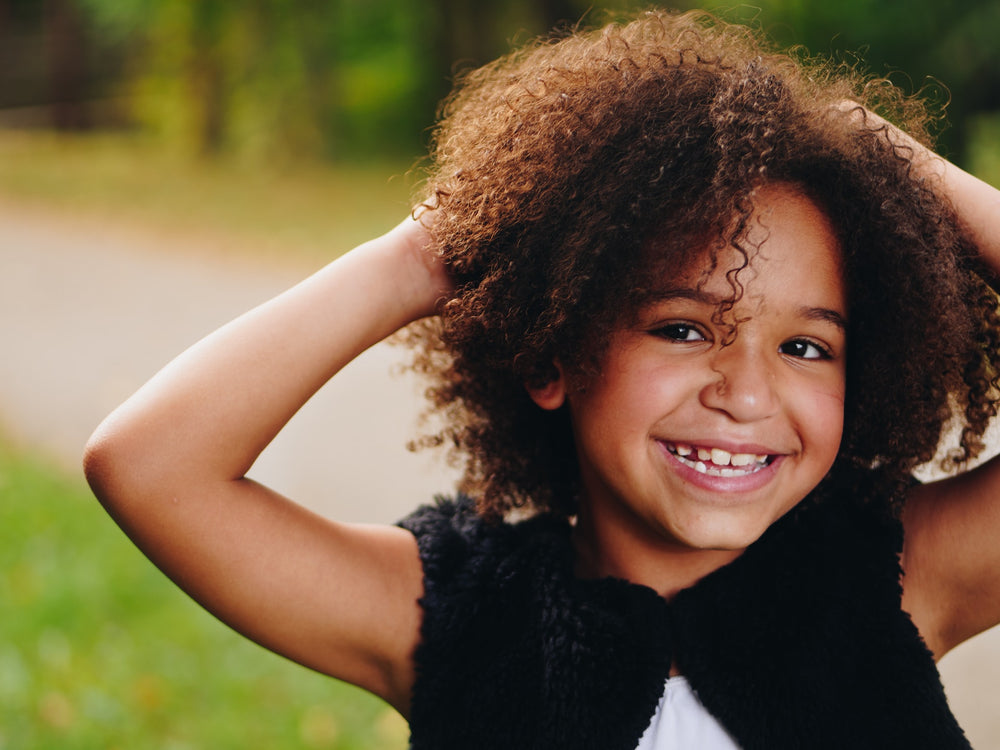Your Child’s Journey
Explore by Age
Latest Articles
-

6 Simple Acts of Kindness Your Toddler Can Do to Show Love
Performing acts of kindness with your young child will be a meaningful way to teach them real lessons about love, kindness, and compassion. There's no need to do grand, over-the-top displays to make a big impact, however. A few simple acts that your toddler can participate in will be enough to lay down the foundation of thoughtfulness that will last a lifetime.
read more -

What are the 4 Learning Styles in Children?
As with many aspects of their development, children are unique in the ways that they take in and retain information. From having an affinity for memorizing new words to working well with their hands, parents should take the time to notice their child’s tendencies in how they absorb the world around them as it could give them a clue to their learning style. This information can be useful when helping your child to learn new things at home or when they start school.
read more -
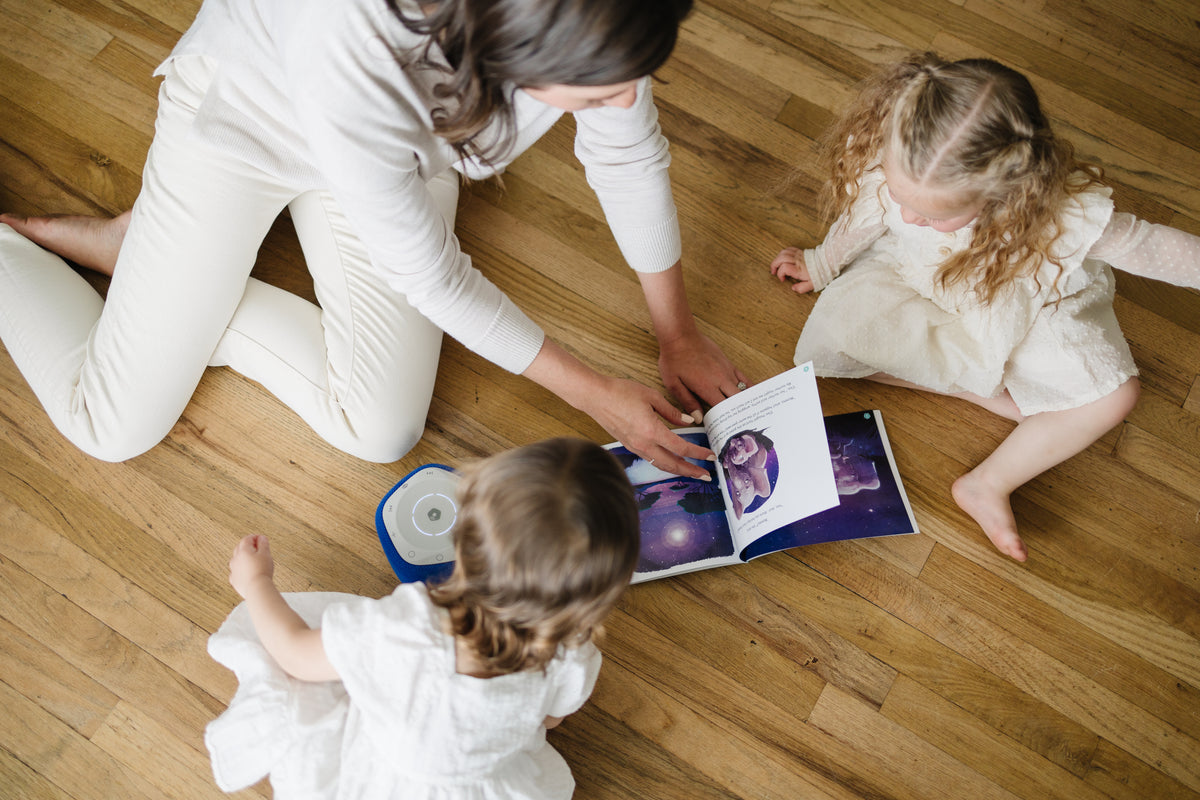
8 Ways to Make Reading Fun for the Reluctant Child
Reading is a vital part of a child’s future success in life, so it’s easy to understand why parents are so keen on making sure their little one is spending time with books. Despite best efforts, however, some children may show a limited interest in literature. But, with a few creative tips and techniques, you can have even the most reluctant child finding a love for reading in their own special way!
read more -
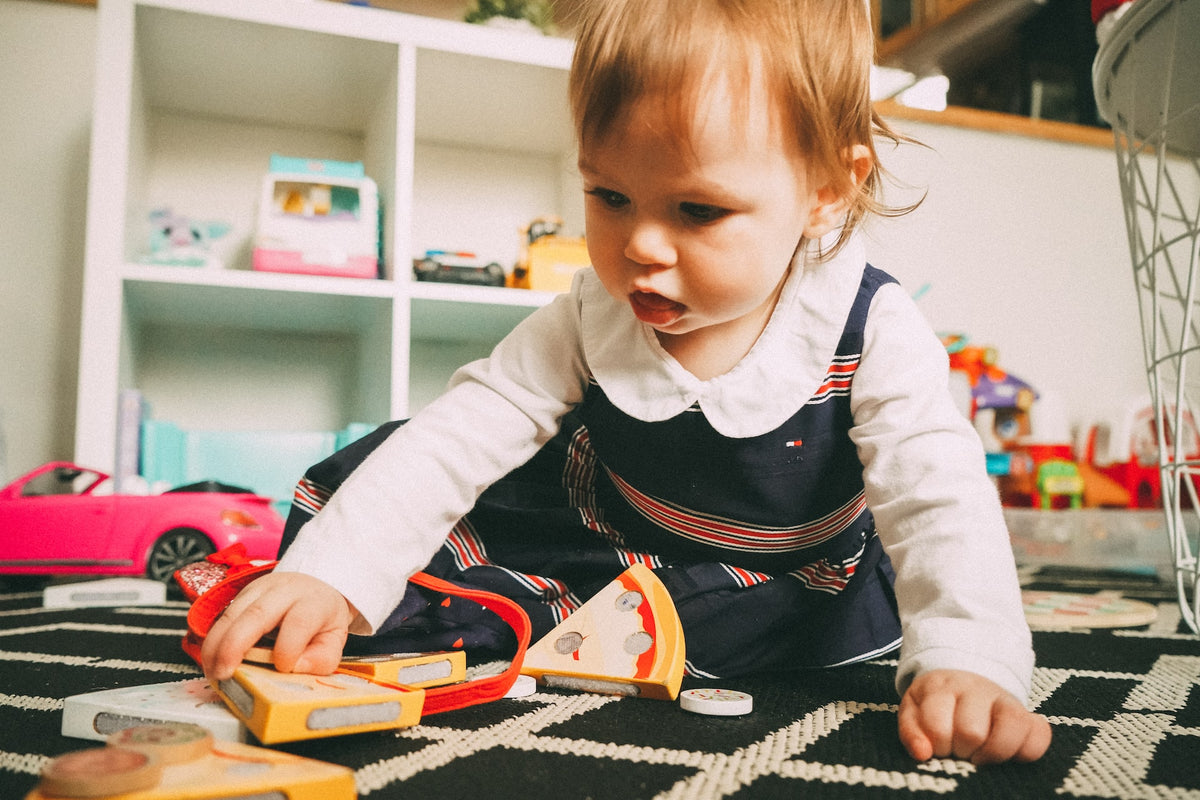
3 Types of Toys You'll Want to Avoid Gifting to Young Children
There’s no doubt that watching little faces light up as they open their gifts is one of the greatest joys for adults during birthdays and holidays. While you want to give them something fun and exciting, keep a few things in mind while shopping for the child in your life to ensure that you’re picking toys that are beneficial, safe, and easily accessible.
read more -
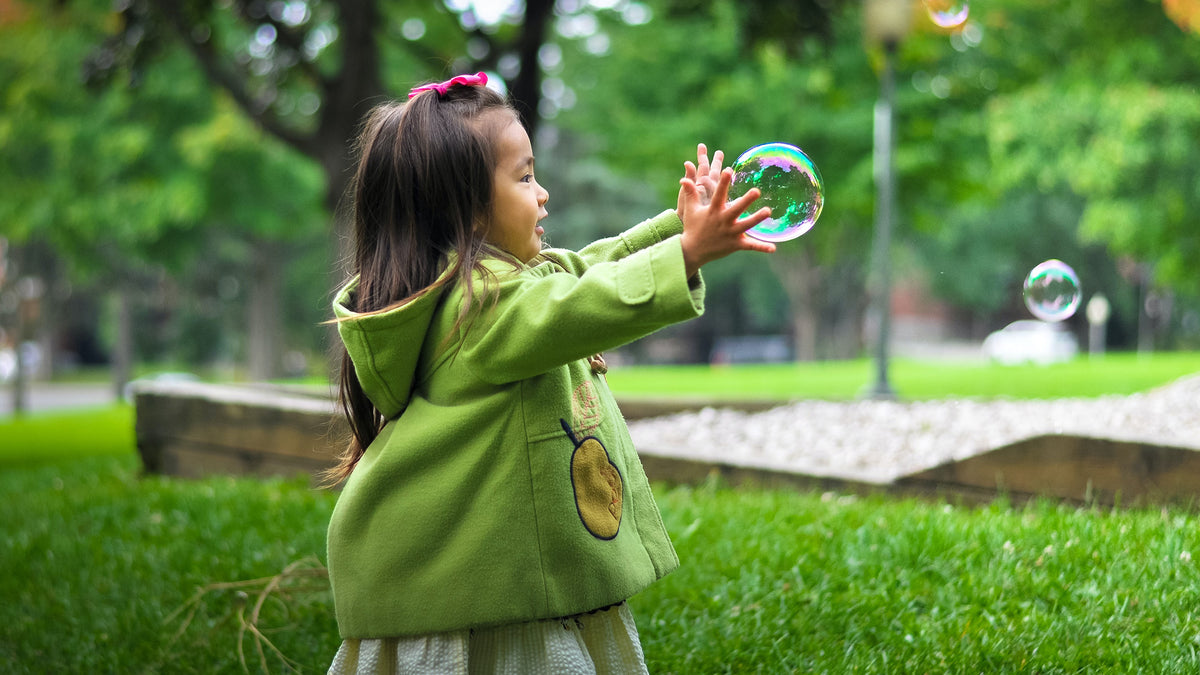
Why Showing Gratitude at Home is Important for Raising Happy Children
Science has shown that consistent practices in gratitude can reduce stress and increase overall happiness. Because children are so apt to imitate their parents, showing gratitude at home will instill habits in your kids that will affect their happiness throughout their lifetime. How does this simple habit make such an impact? Read on to find out!
read more -
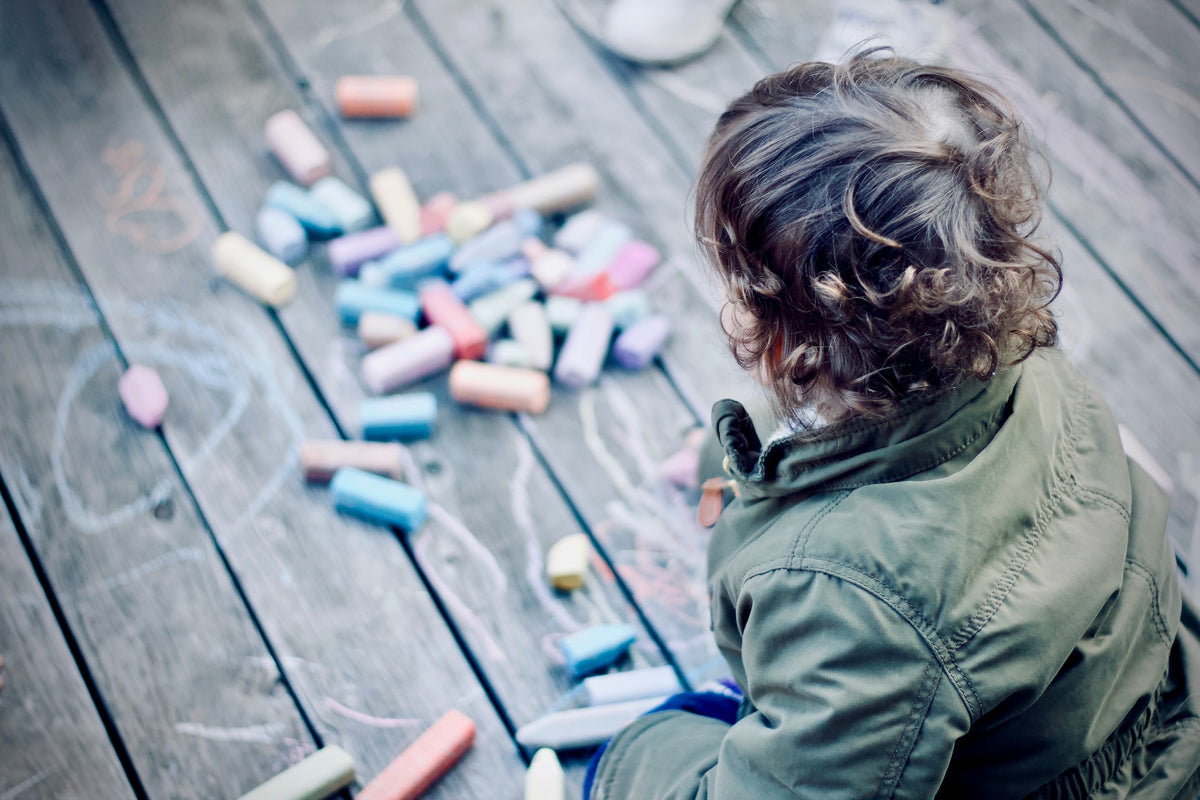
7 Fun Ways to Practice Writing Without Paper & Pen
Expressing ideas, making meaning, strengthening fine motor skills, and practicing phonological awareness —- the reasons to practice writing are numerous and compelling. And while workbooks and good, old-fashioned paper and pencil have their place, finding fun ways to practice writing with young children is a great way to grow a love and aptitude for this very important skill. Read on for a few creative ideas to make writing practice entertaining!
read more -
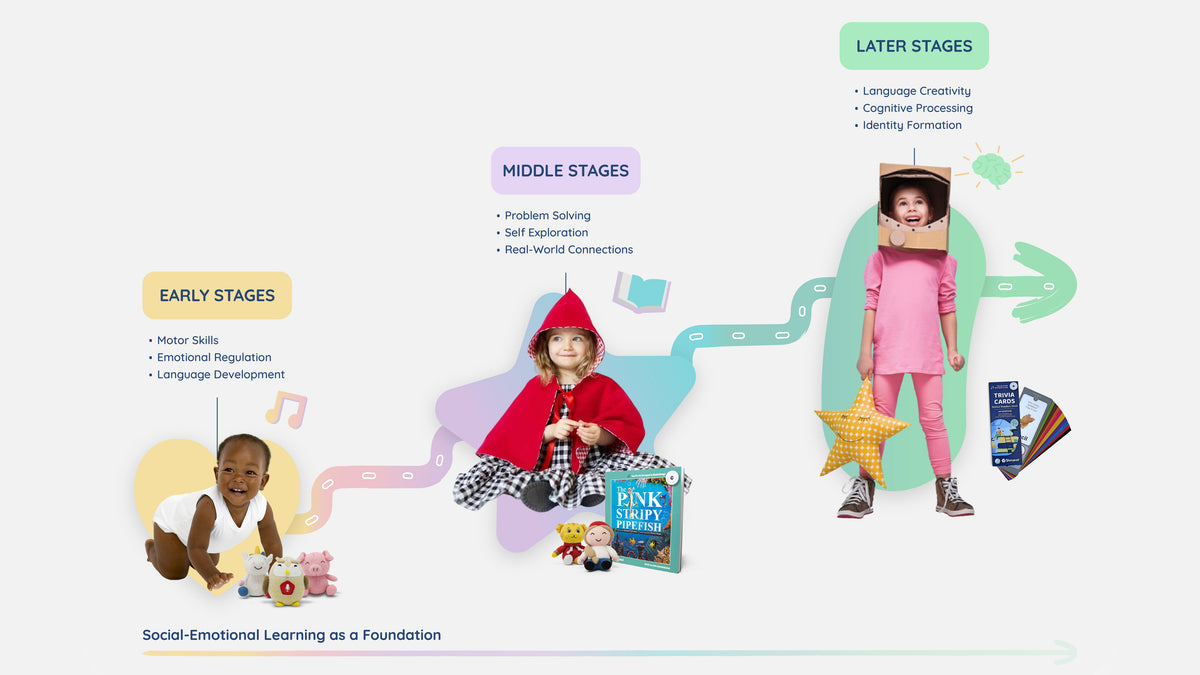
Listen, Learn, and Grow with Storypod
Here at Storypod, we are parents, educators, and caretakers who are constantly looking for new ways to support our children's early childhood literacy development while keeping them engaged and interested.
read more -
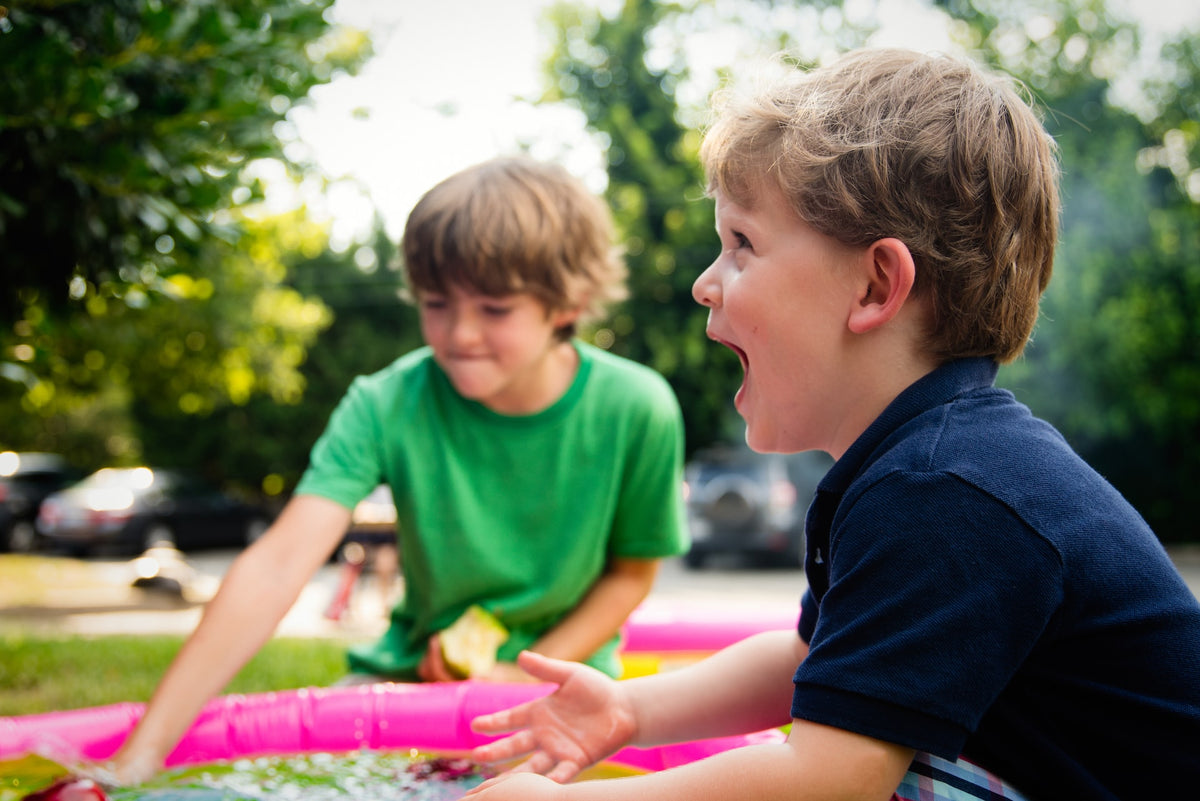
How to Support Your 5 Year Old’s Social-Emotional Development by Taking Turns
Does your 5 year old wait patiently for their turn on the slide at the playground? Or for their teacher to call on their raised hand at school? Or for their turn to choose the book for storytime at home (if taking turns with you or their siblings)? Taking turns is a big milestone in your child’s Social-Emotional development.
read more -

How to Nurture Your 4 Year Old’s Communication Skills
Is your 4 year old starting to answer simple questions like, “what are hats for?” or “what are you doing?”? That’s wonderful news! This is a milestone for your child’s developing communication skills.
read more -

How to Support Your 1 Year Old's Language Development With These Easy Phrases
Is your 12 month old starting to copy your speech sounds, say simple words they’ve heard like, “uh-oh” or “dada”, understand easy instructions like, “let’s go”, register words for everyday items like “shirt”, or turn to look at sounds they hear? That’s wonderful! Those are language development milestones that occur at around 12 months.
read more -
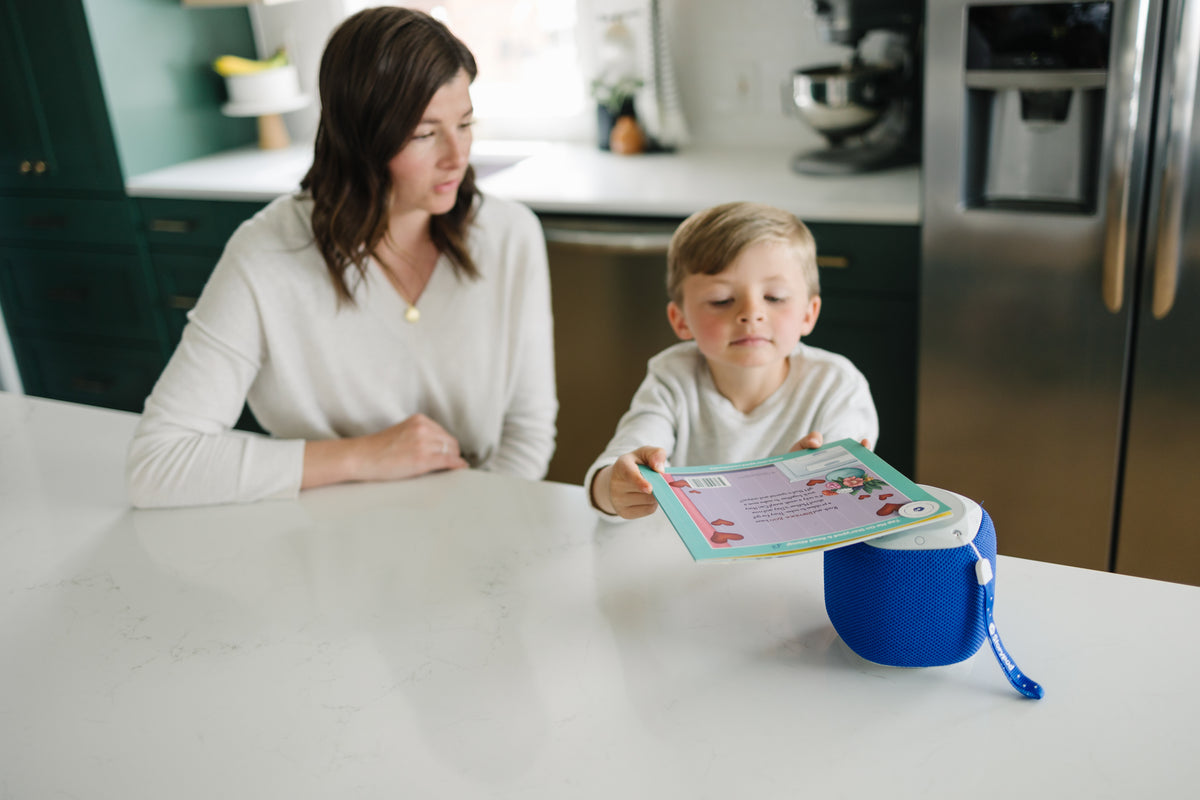
How to Strengthen Your Child’s Literacy Skills in Everyday Conversations
Does your child ask you “what does that mean?” when they hear you talking to others? That’s fantastic! It means your child is developing strong vocabulary building skills. Vocabulary building is when your child knows the meanings of words, the names of things, feelings & ideas and is learning the meanings of new words.
read more -
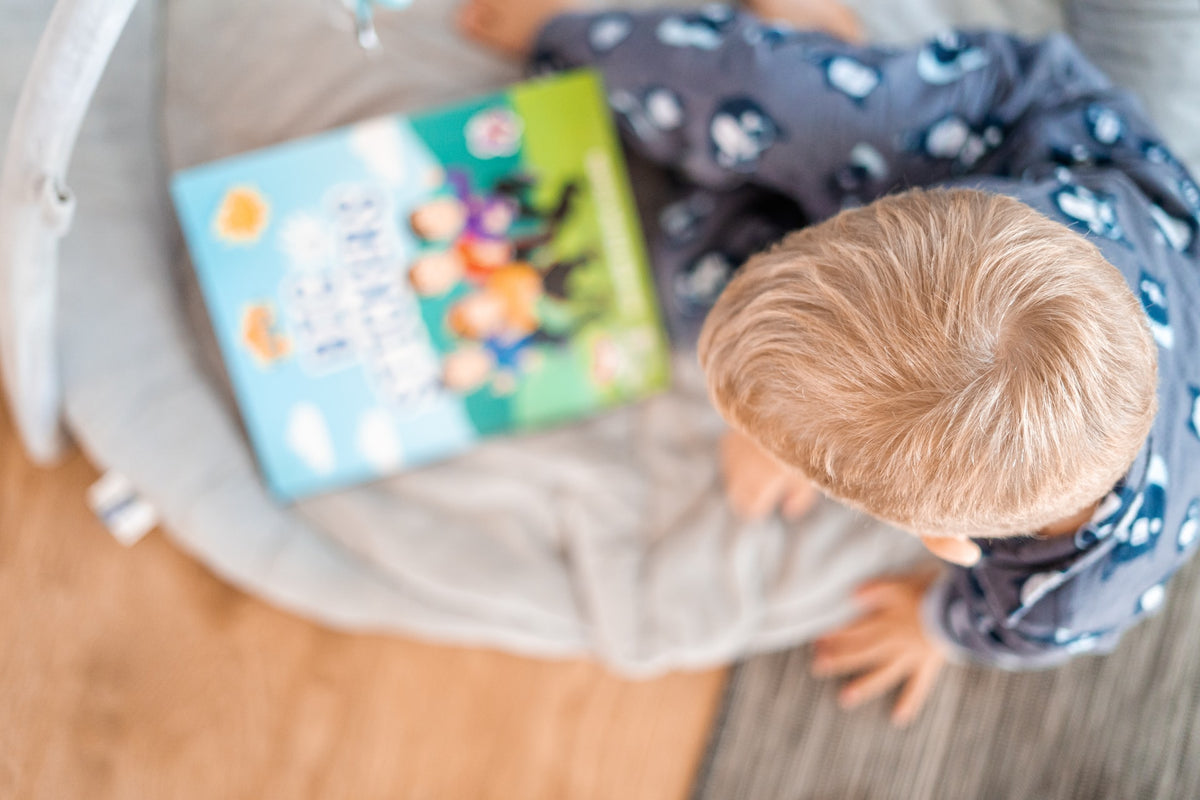
What is Letter Knowledge and What Does it Have to Do with Literacy Skills?
Does your child point to shapes or pictures in the book during storytime? That’s fantastic! Pointing to shapes or repetitive images (like a drawing of a tree that's on multiple pages throughout the book) is a great indicator that your child’s brain is gearing up to learn more about letter knowledge.
read more

